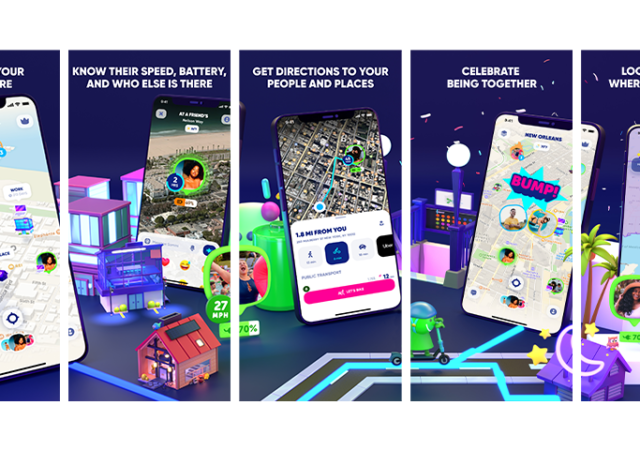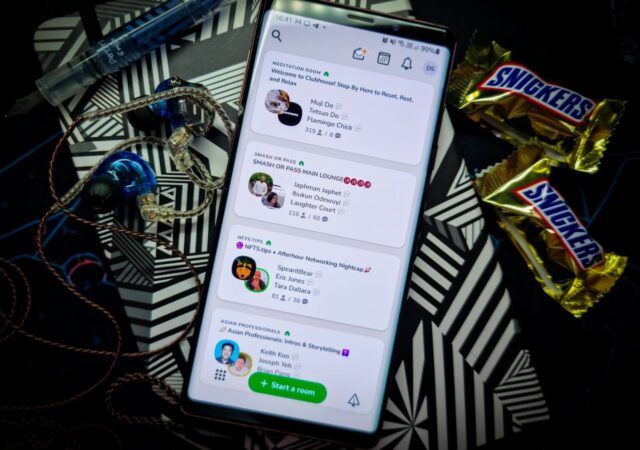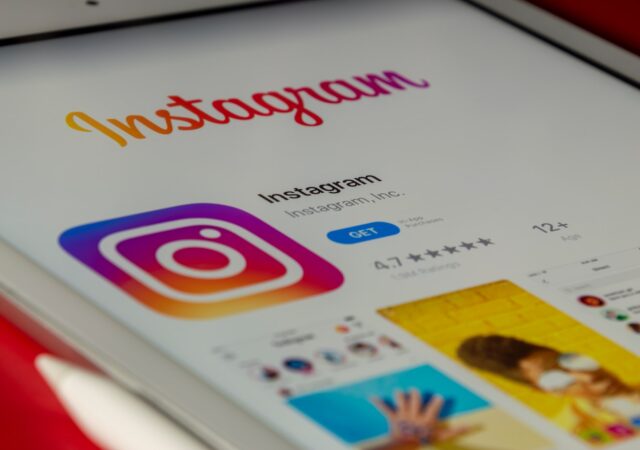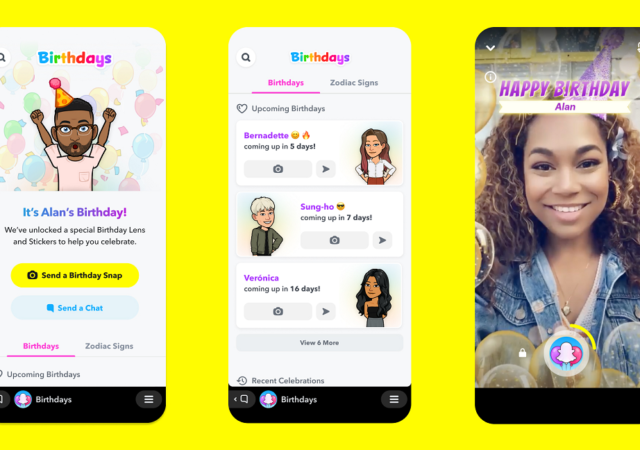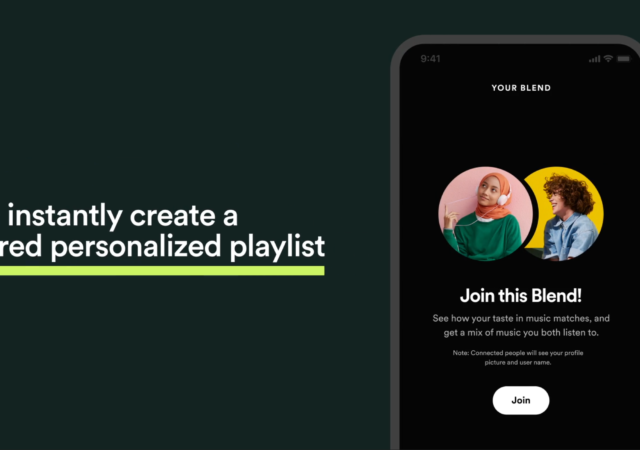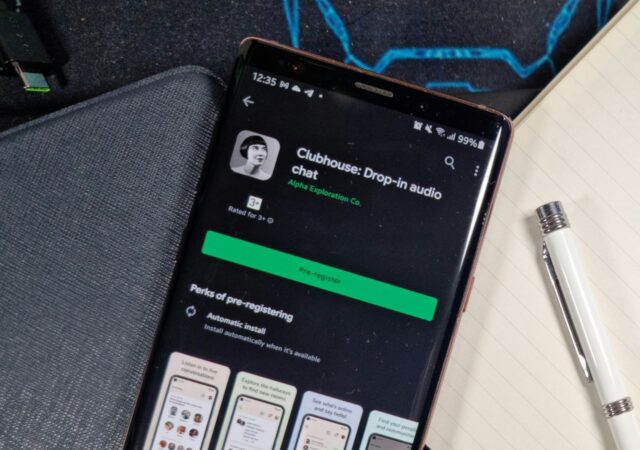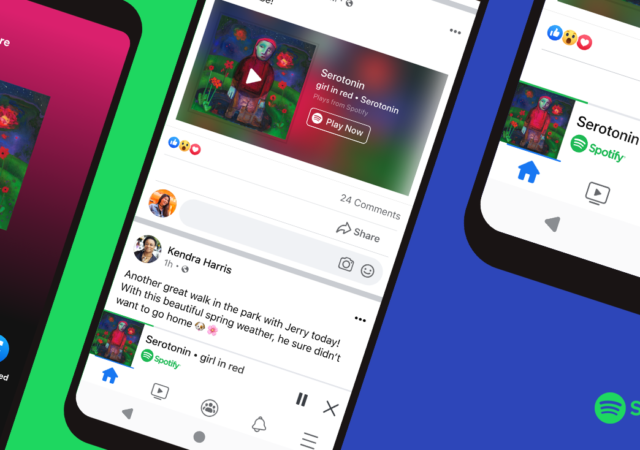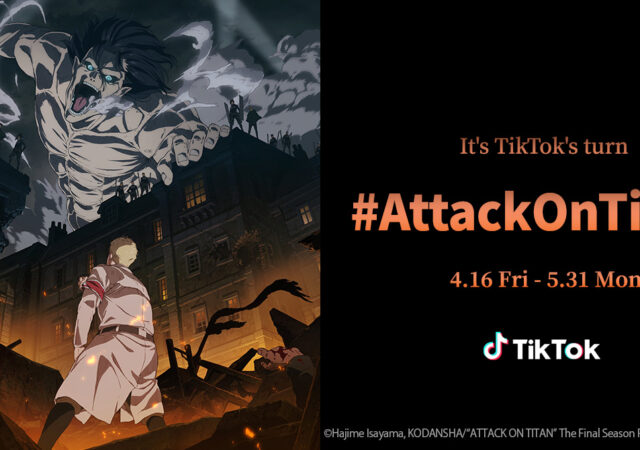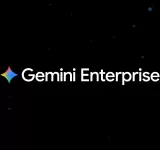YouTube is making a big change to help keep its platform growing and to eliminate avenues for bad actors to attack its creators.
Zenly Lets You Track People and It’s Blowing Up on TikTok
TikTok sends social tracking app, Zenly, into the stratosphere as it becomes a trend to show social media where your loved ones are.
Now You Can Pin Links in Your Clubhouse Rooms
Clubhouse will start allowing you to pin links on top of rooms to indirectly allow users to monetise their contents on the app.
Lessons in the Wake of the Twitch Data Breach
As data breaches become more frequent, we look at what we can learn from the recent Twitch Data Breach to keep ourselves safe.
Instagram Kids On Ice After Severe Backlash
Instagram Kids put on ice as Facebook comes under fire in light of a recent Wall Street Journal report.
Snapchat Expands Snap Minis To Make Connecting A Little More Snappy
Snapchat makes things a little more interesting with Snap Minis which allow Snapchatters to connect in a more personalised way.
Spotify Launches Blend for You to Share Playlists and Compare Musical Tastes
Spotify launches Blend Playlist as an official feature on Spotify. Now you can share a curated playlist created just for you and your friend.
Clubhouse Coming to Android After More Than a Year in iOS Exclusivity.
There was a debate that raged on a bit in a certain new and upcoming social media app. The app was valued at US$ 4 Billion (MYR*) at its most recent fundraiser too. That social media platform is Clubhouse, and…
Spotify Miniplayer Brings Audio Discovery to Facebook together with Price Hikes
Spotify brings a new way to discover music on social media with their miniplayer on Facebook. But that’s not all, the company is bringing increased prices.
Attack on Titan Comes to TikTok
Tiktok celebrates Attack on Titan with a new hashtag challenge that allows fans to show their love for the series as the final chapters make their debut!




